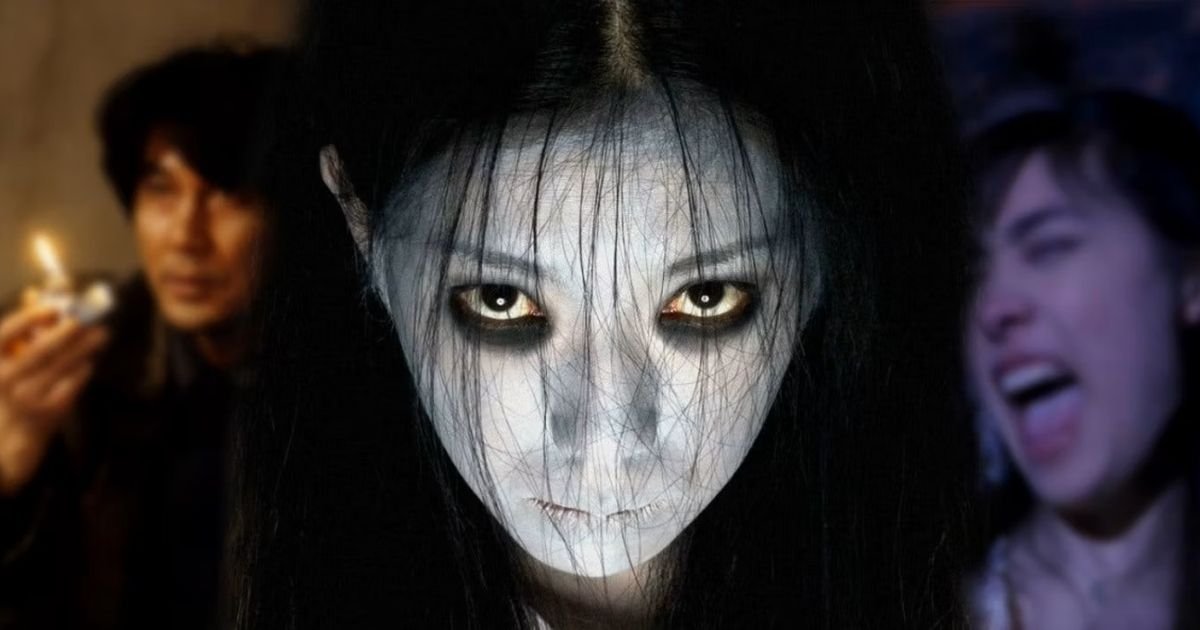Japan’s indie film scene is a vibrant and ever-evolving space, home to filmmakers unafraid of pushing creative boundaries. While mainstream Japanese cinema often revolves around tradition and commercial appeal, the indie world offers a fresh, experimental approach that tackles unconventional themes, unique storytelling, and bold visual styles. These filmmakers are not just redefining Japanese cinema but also gaining recognition on the global stage.
1. A Hub for Experimental Storytelling
Indie films in Japan have become a platform for experimenting with storytelling techniques, often departing from linear narratives and embracing more abstract, thought-provoking approaches. Directors in this scene focus on real-life struggles, societal critiques, and deeply personal journeys that wouldn’t typically make it to mainstream screens.
- Notable Films: Still the Water (2014), The Extreme Sukiyaki (2013).
2. Key Figures in Japan’s Indie Film Movement
Several filmmakers have become synonymous with Japan’s indie film movement, crafting works that challenge both domestic and international audiences.
a. Shinya Tsukamoto
Known for his daring visual style and genre-defying works, Shinya Tsukamoto is a true pioneer in Japan’s indie film scene. His debut film, Tetsuo: The Iron Man (1989), is a cult classic that blends cyberpunk aesthetics with body horror, setting the stage for a new wave of avant-garde Japanese cinema.
- Notable Works: Tetsuo: The Iron Man (1989), A Snake of June (2002).

b. Sion Sono
A master of shock and subversion, Sion Sono consistently pushes boundaries with films that tackle taboo subjects, blending violence, sexuality, and social commentary. His films often provoke strong reactions, making him one of Japan’s most controversial yet celebrated indie directors.
- Notable Works: Love Exposure (2008), Cold Fish (2010).
c. Nobuhiro Yamashita
With a focus on capturing the quiet, everyday moments of life, Nobuhiro Yamashita brings a more subtle, yet equally impactful, approach to Japanese indie cinema. His films often reflect on youth, personal growth, and the passing of time, resonating with audiences on an emotional level.
- Notable Works: Linda Linda Linda (2005), Over the Fence (2016).
3. Breaking Away from Traditional Themes
One of the hallmarks of Japan’s indie film scene is its breakaway from traditional themes such as samurai or family drama, instead exploring more niche subjects like gender fluidity, mental health, and existential dread. Indie filmmakers are not confined by commercial pressures, giving them the freedom to explore issues often considered taboo or controversial in Japanese society.
- Notable Films: Antiporno (2016), Jesus (2018).
4. Global Recognition for Japan’s Indie Films
While many of these films operate on limited budgets and smaller screens, several Japanese indie films have gained recognition at international film festivals. This global exposure has helped to highlight the richness and diversity of Japan’s indie cinema, bringing fresh voices to the global film landscape.
- Key Film Festivals: Tokyo International Film Festival, Cannes Film Festival, Sundance Film Festival.
5. Technology and DIY Filmmaking in Japan
Advancements in technology have played a crucial role in the rise of indie filmmakers in Japan. With the accessibility of affordable digital cameras and editing software, many filmmakers can now create high-quality films without the need for massive studio backing. This shift has empowered a new generation of Japanese directors to tell their stories independently.
- Notable Films: One Cut of the Dead (2017), Summer Time Machine Blues (2005).
6. Japan’s Indie Cinema Icons: Their Influence and Legacy
Some of Japan’s most influential indie filmmakers have left a lasting impact on both domestic and global cinema. Their works continue to inspire new generations of filmmakers who seek to push the boundaries of what Japanese cinema can be.
- Influential Directors: Takeshi Kitano, Kiyoshi Kurosawa, Naomi Kawase.
Conclusion
Japan’s indie film scene is a bold, innovative space that continues to push the boundaries of storytelling, visual art, and social commentary. As filmmakers experiment with new styles and narratives, they reshape the landscape of Japanese cinema, proving that the indie world offers some of the most exciting and thought-provoking films today.










